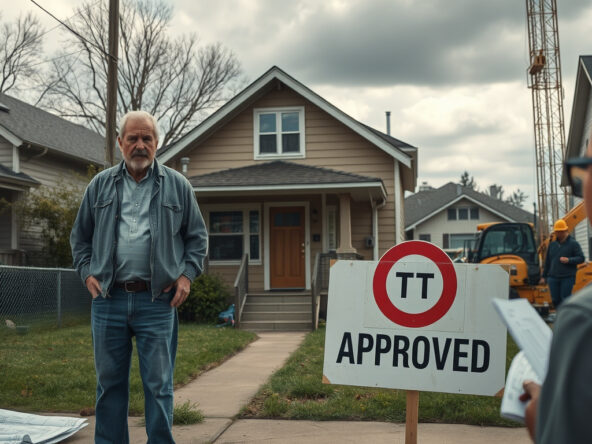Rising Council Tax Charges for Second Homes in England: What Property Investors Need to Know
From April 2025, second-home owners in England face steep council tax hikes. Legislation active since early 2024 empowers local authorities to impose a premium—up to 100%—on properties not serving as a primary residence. Law mandates reassigning housing resources to local residents in areas where supply limits persist and demand intensifies.
Impact on Second Homeowners and Property Investors
Council tax statements arrive in March; payments start in April. New powers mean many second-home owners experience annual tax leaps; figures shift from approximately £2,171 to beyond £4,300. Over 150 councils, especially in coastal and rural holiday areas, will apply these surcharges. Investors, already burdened by rising stamp duty and restricted mortgage interest relief on rentals, now must endure further fiscal constraints.
Understanding Eligibility and Classifications
A dwelling becomes a secondary property when furnished yet not used as the main home. Ambiguity surrounds definitions; examples show non-habitable outbuildings incurring secondary rates. Owners disputing their status must consult local authorities or the Valuation Office Agency and submit evidence for review if needed.
Owners must note differing rules for additional properties:
• Rental dwellings: Tenants usually pay the tax, except in multi-occupancy cases, where owners remain liable.
• Vacant dwellings: Surcharges apply if a property remains empty and unfurnished beyond 12 months, with increases following vacancy duration.
• Holiday rentals: Qualifying units pay business rates instead, typically lower, provided strict availability and letting conditions are met.
How to Check and What to Expect
Local councils decide on premium application. Owners must verify if their municipal council has adopted these measures; details appear on authority websites or government portals via postcode lookup.
The total payable depends on location, tax band, and available discounts. For those facing unsustainable increases, options include selling the property or converting it to a holiday rental—each choice carrying its own tax and operational challenges.
Summary
Council tax premiums on second homes aim to shift housing to locals while imposing heavier fiscal loads on owners and investors. In certain regions, bills could double from April 2025. Investors must inspect local policies, hunt for exemptions, and recast their strategies in light of these changes. Maintaining awareness and cautious action becomes paramount in this evolving tax framework.



